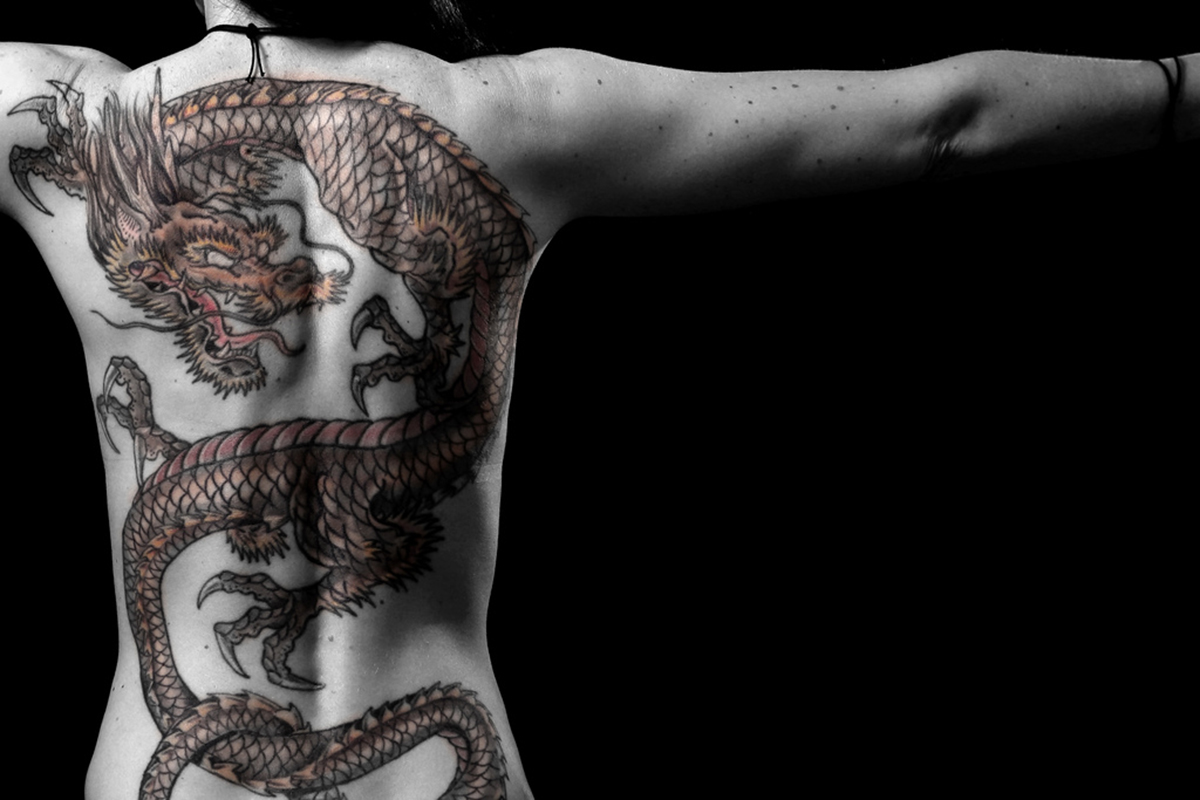Table of Contents
As mentioned in the previous section of the article, back pain is a leading cause of disability that causes physical and mental health complications. It's also one of the main reasons why people miss days off work and visit doctors.
95% of cases of back pain are mechanical in nature which means that the cause is due to muscle cramps and joint inflammation from being overweight/obese, not following correct postures and lifting heavy weights using the back and not the legs. The good news is that these issues can be managed with conservative and home remedies, as well as by following advice on correct posture and how to pick up objects properly.

Causes
The most common conditions associated with back pain include the following:
- Muscle or ligament strain - actions such as sudden movements and lifting of heavy objects can cause a strain on the muscles and ligaments of the back. Constant strain of this anatomy can result in painful spasms of the back muscles, especially if one is in poor physical condition.
- Arthritis - spinal stenosis, which is a narrowing of the space where the spinal cord passes through, can be caused by arthritic changes in the back.
- Bulging or ruptured disks - the disks located between the bones (vertebrae) of the back act as cushions between these bones, so that they don't grind against each other, and also offers the flexible nature of the back. When these disks bulge or rupture, then they tend to press on the spinal cord or nerves that exit the spinal cord and can cause pain.
- Osteoporosis - when the bones become brittle, then patients can sustain compression fractures of the vertebrae which causes pain.
- Skeletal irregularities - severe abnormal curvatures of the spine, due to conditions such as scoliosis or kyphosis, can cause back pain.
Symptoms
The following issues may be experienced by those with back pain.
- There's limited range of motion or flexibility of the back.
- Muscle aches affecting parts of or the whole back.
- Stabbing or shooting pain.
- Pain radiating down the leg.
READ Natural Treatment for Lower Back Pain
It would be advisable to seek immediate medical attention if severe back pain is experienced and is associated with the following:
- Intense or constant pain.
- An injury to the back that is sustained through a fall or a direct impact to the back.
- The pain spreads down to and is experienced in one or both legs.
- Gets worse at night or during rest.
- There's numbness, weakness or a tingling sensation in one or both legs.
- New bladder or bowel problems are experienced.
- A fever accompanies the pain.
- There's a throbbing sensation or pain in the abdomen.
- There's unexplained weight loss
- www.medicalbrief.co.za/archives/back-pains-impact-mental-health/
- www.mayoclinic.org/diseases-conditions/back-pain/basics/definition/con-20020797
- Photo courtesy of
- Photo courtesy of brian_tomlinson: www.flickr.com/photos/brian_tomlinson/15993159469/
- Photo courtesy of


Your thoughts on this